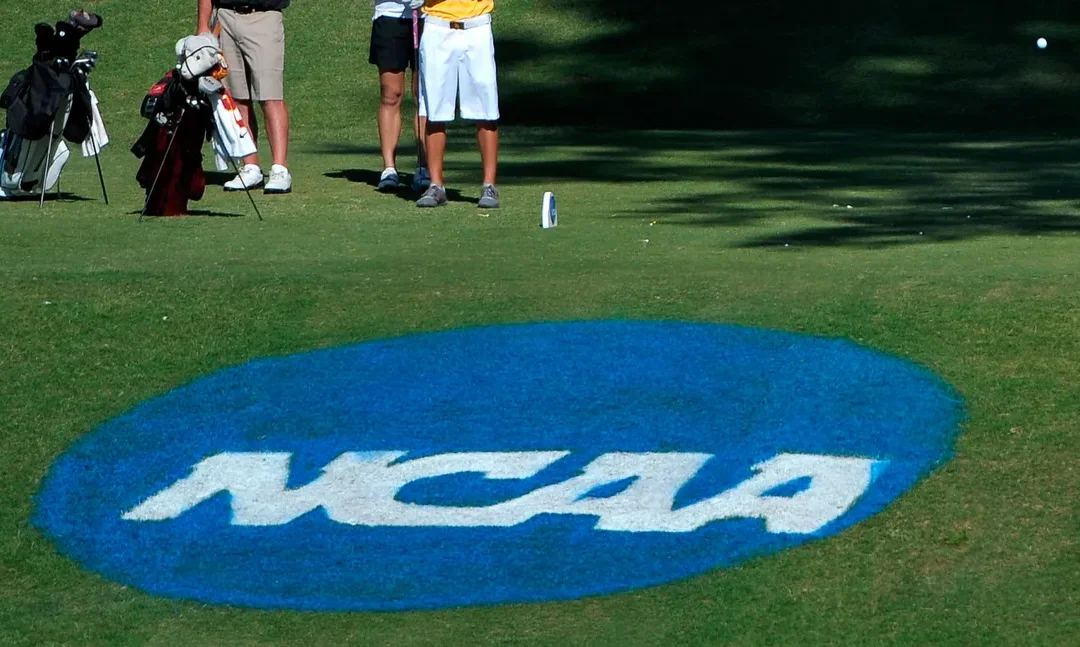It has been fascinating to follow the ongoing developments in the House v. NCAA case, and with recent changes to the proposed settlement, we wanted to help readers better understand what’s happening — and why it matters.
The case is centered around a landmark agreement that could reshape college sports, especially around the topics of athlete compensation and roster sizes. One of the most debated elements has been the implementation of roster caps, which would limit the total number of athletes — both scholarship and non-scholarship — allowed on any team.
Originally, these hard caps were set to be enforced immediately, which would have led schools to cut thousands of athletes across sports. That raised significant concerns, including from the judge overseeing the case, who called such immediate enforcement “not fair.”
This Week’s Key Development:
In response, the NCAA and power conferences proposed a more flexible plan. Under the updated proposal:
- Schools can choose to gradually implement roster caps, rather than doing so immediately.
- All current athletes, regardless of scholarship status or sport, are grandfathered in — meaning they cannot lose their roster spot because of new limits.
- This protection follows athletes, even if they transfer to another school.
- Roster caps will still apply in the long term, but schools have the option to ease into them at their own pace.
What’s the Big Picture?
Roster caps differ from scholarship limits. While scholarships have always been capped — e.g., 85 for football — the new rule places a cap on total team size, limiting how many athletes a team can carry overall. For instance, football teams may be capped at 105 players total, including walk-ons.
The rationale? Without roster caps, wealthy programs could hoard talent by offering more scholarships using funds from a new $20.5 million annual revenue-sharing pool. This could distort competitive balance across college sports.
However, critics argued that enforcing caps too quickly would punish current athletes, undermining the very purpose of the settlement — to better support student-athletes.
What Comes Next?
While individual schools can opt to implement caps now, many may wait. Some have already adjusted rosters in anticipation, and others may now revisit those decisions. For example, Notre Dame has committed to restoring roster spots to any athlete let go due to the pending caps — a move other schools may follow or at least consider.
Ultimately, the revised proposal seems aimed at satisfying the court’s concerns and keeping the broader settlement on track. If approved, this agreement could mark a major shift in how college athletes are supported — not just through scholarships, but through direct compensation and more structured team management.
As always, we’ll continue to follow this historic case and its implications across the collegiate sports landscape — including what it might mean for junior athletes looking to play at the next level.

